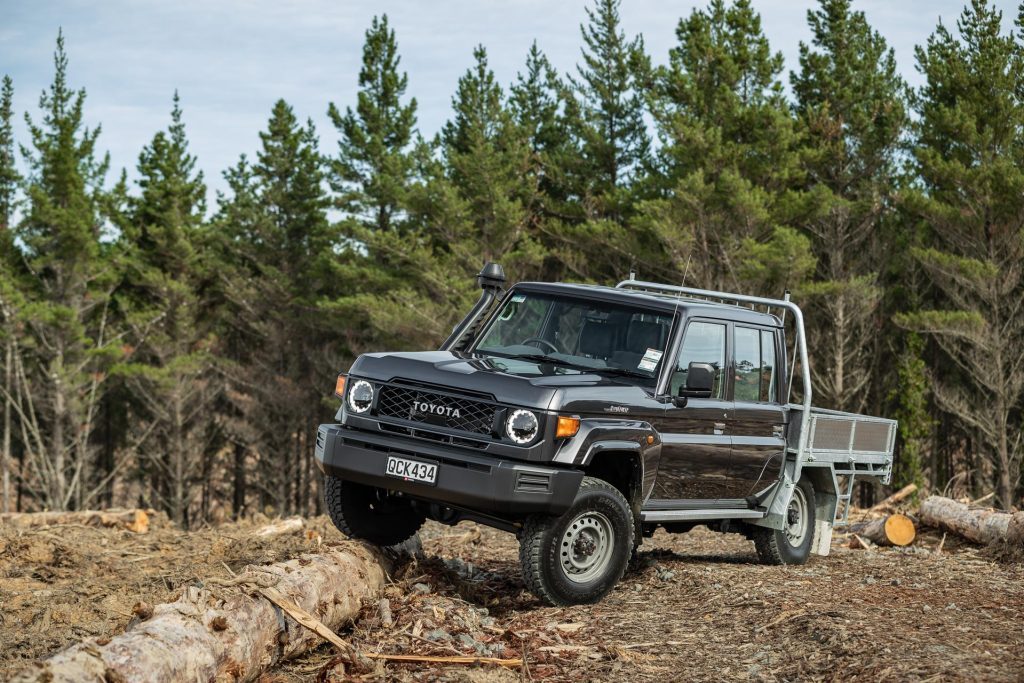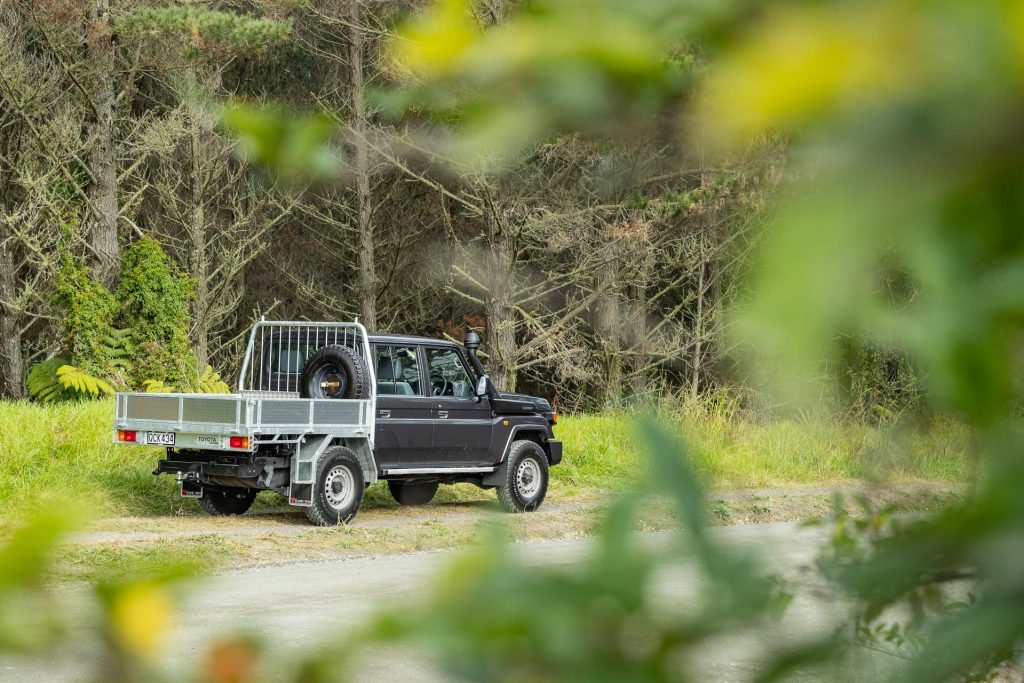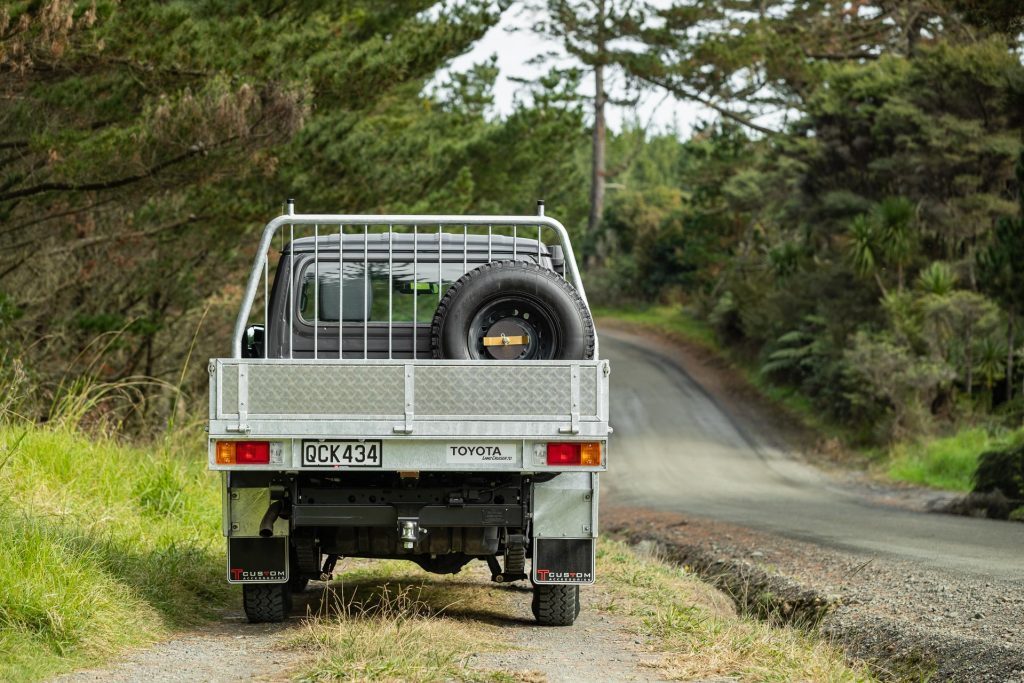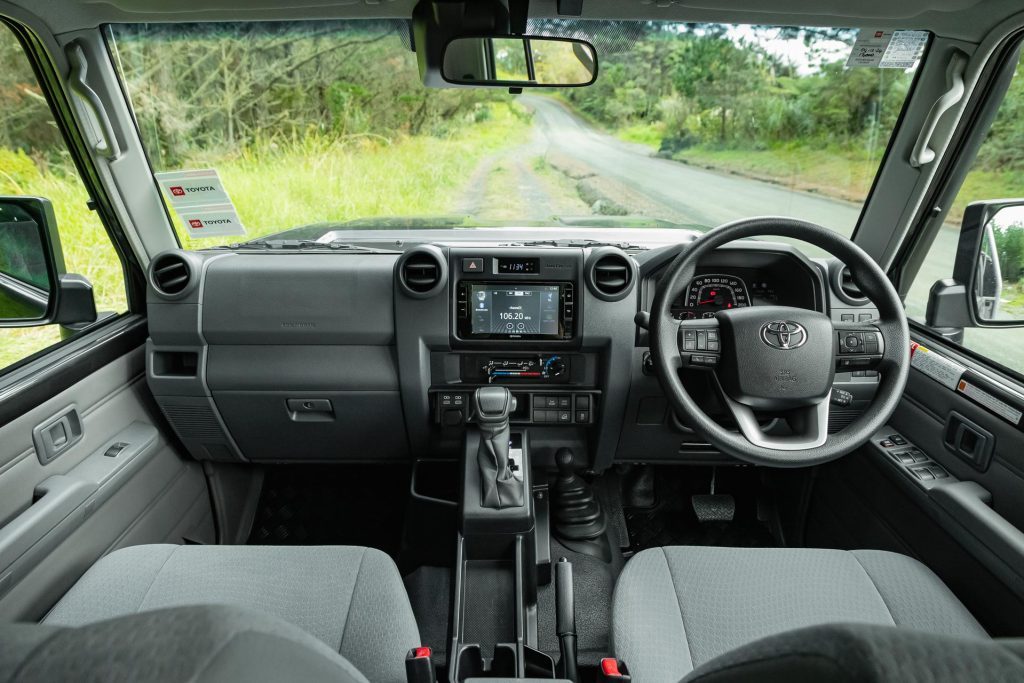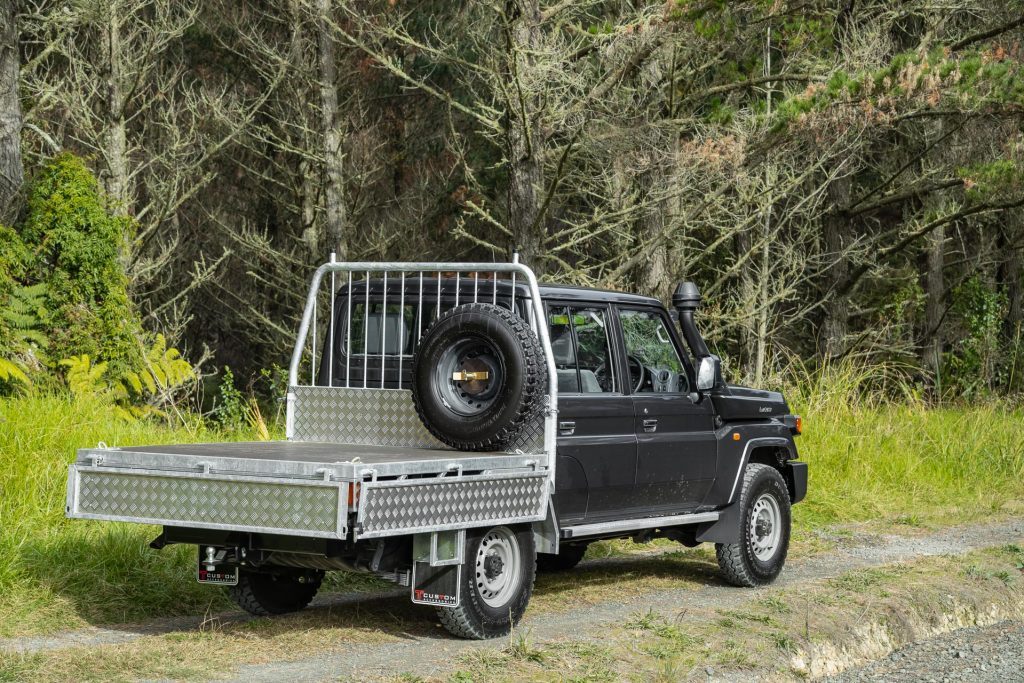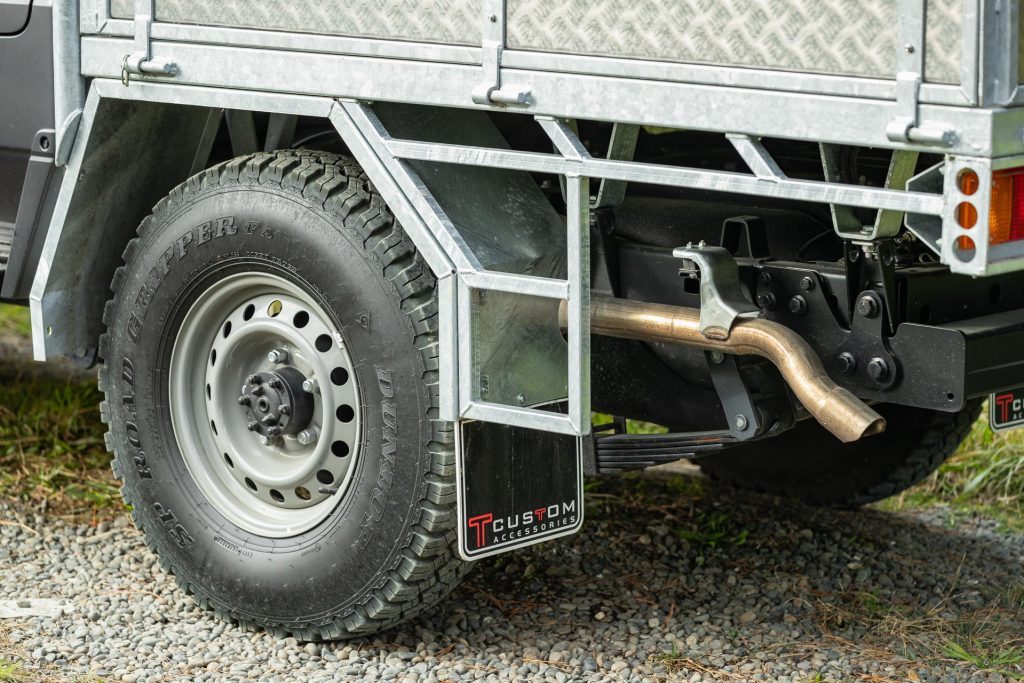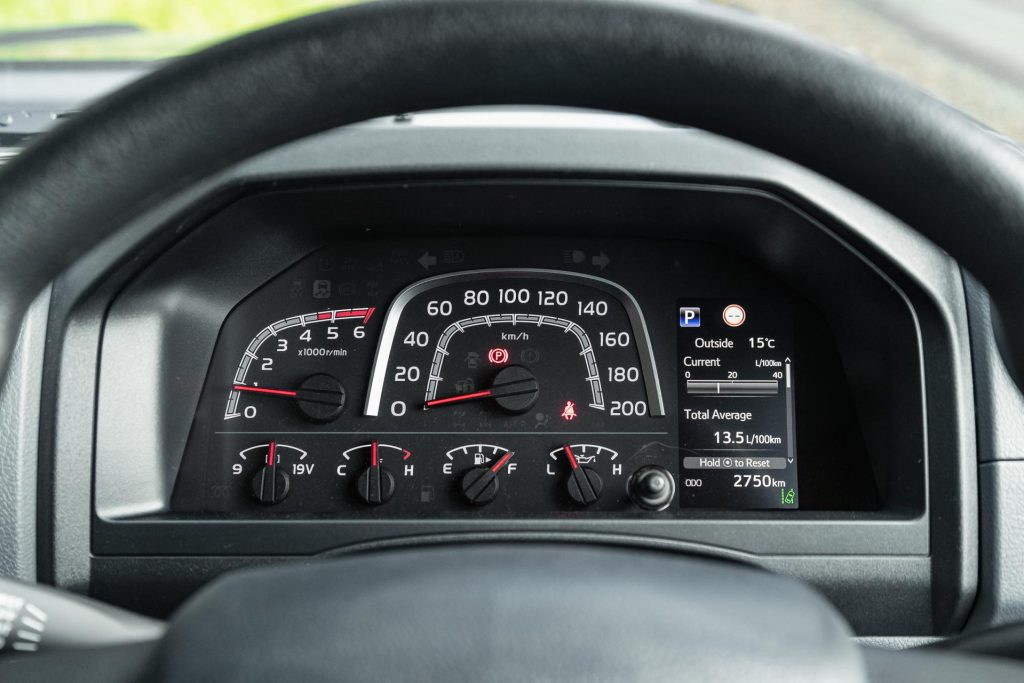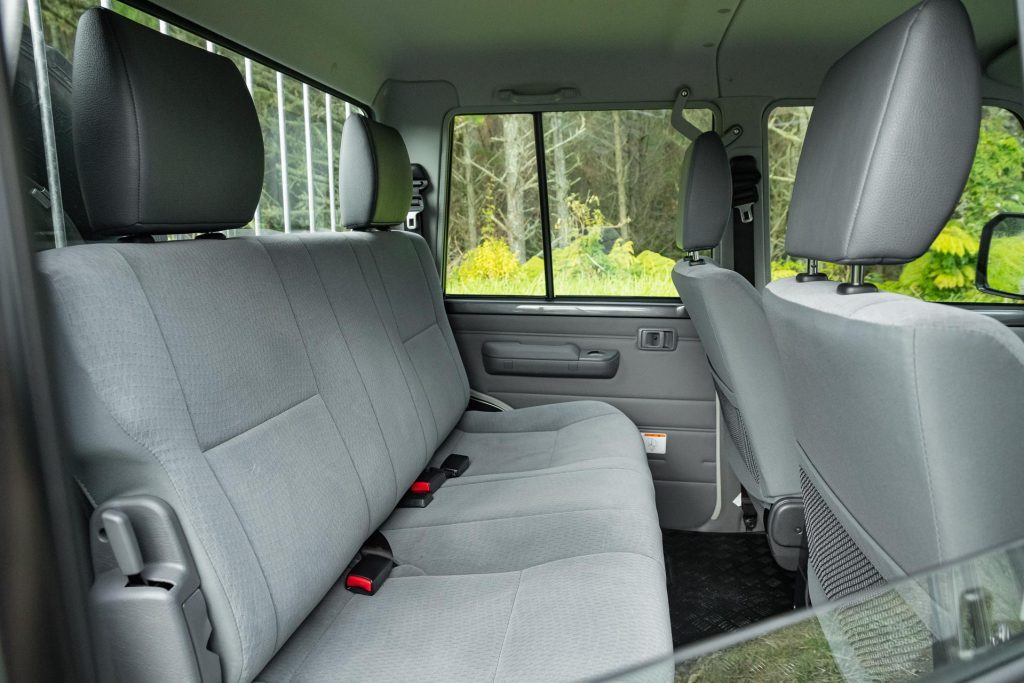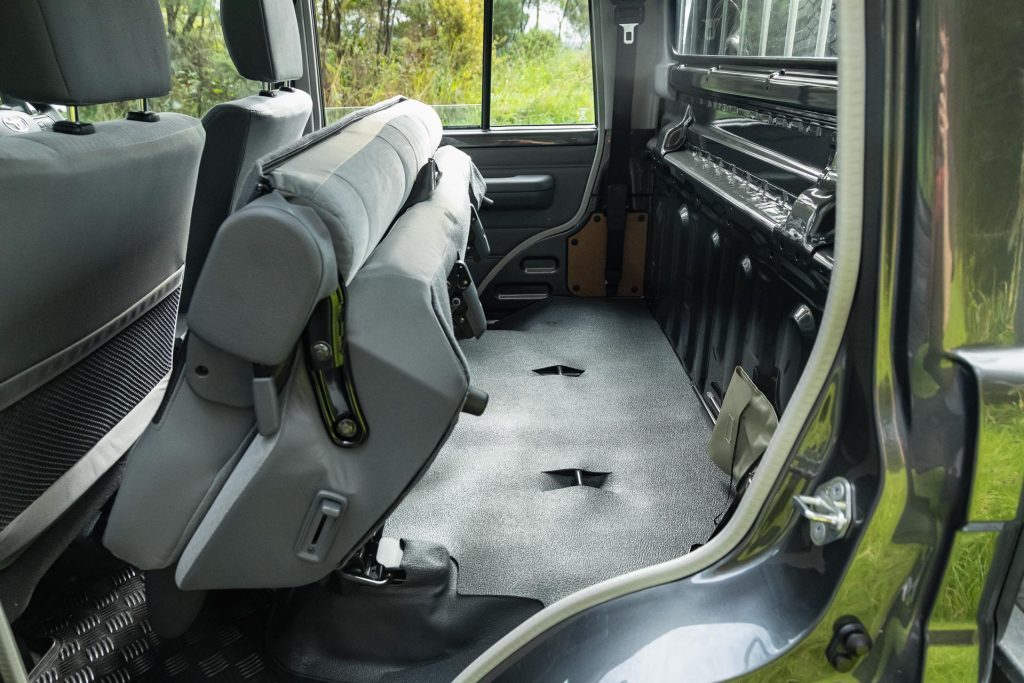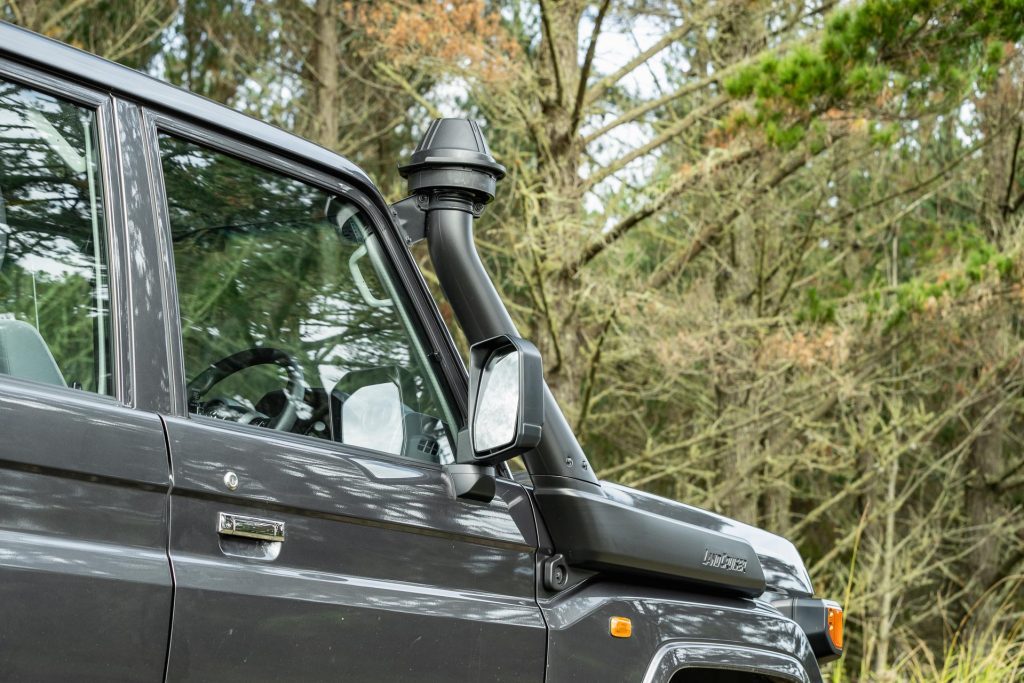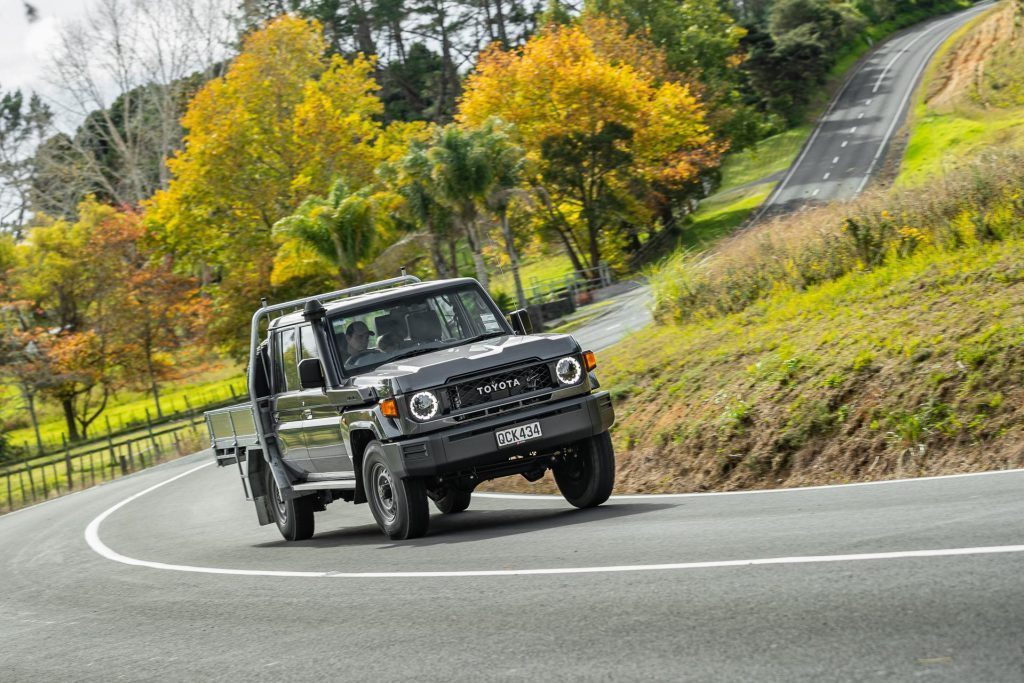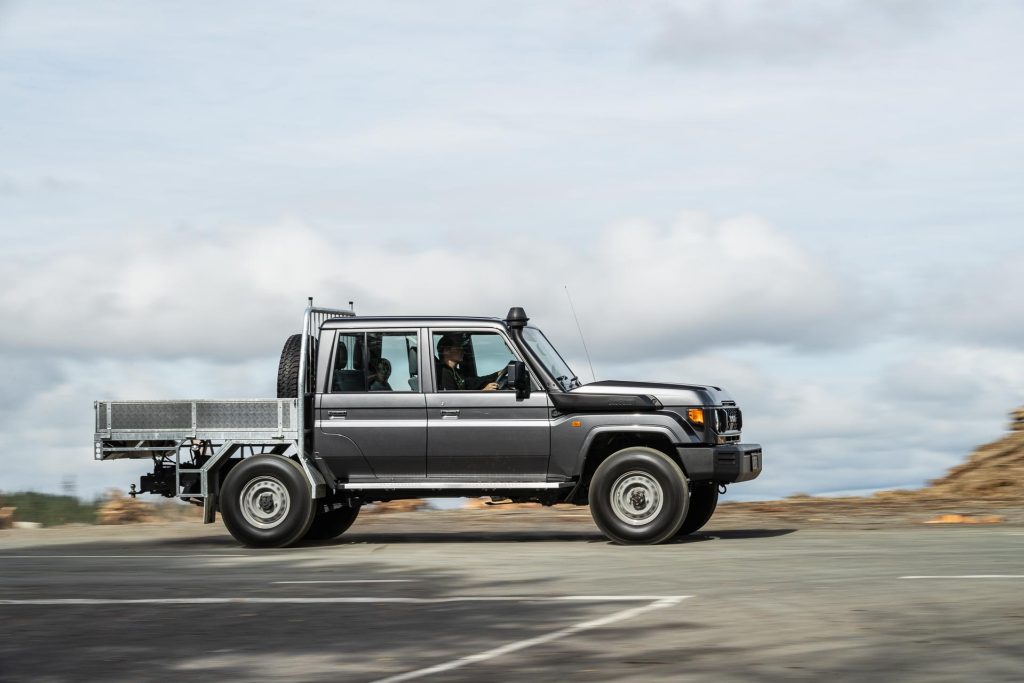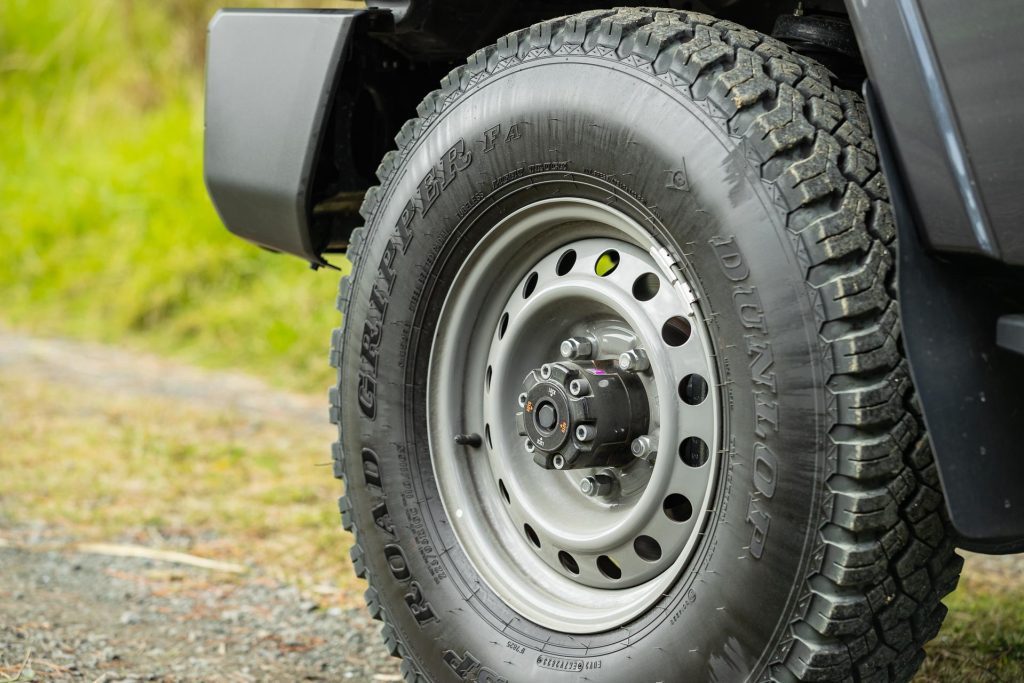2024 Toyota Land Cruiser 70 LT Double Cab review
The Land Cruiser 70 is the truck that just keeps trucking. It's new reboot, offers convenience and efficiency.

The truck that will not die has yet again been revitalised for another decade of hard yakka.
We’re talking about the Land Cruiser 70, a model that dates back to the 80s and one that has evolved slowly over the years to maintain its place in the Toyota line-up.
It’s a truck that feels virtually indestructible, and it is the simplicity of its 4×4 hardware that the faithful like. While it has gained a few digital helpers along the way, at its core it is still runs a mechanical four-wheel drive system.
It’s far less likely that an electronic gremlin will stop this truck in its tracks. And there are not many tracks that will stop this thing either.
Australians love this rig, facilitating a great outdoors lifestyle, and they outfit them with serious 4×4 gear as they head off on adventure.
On this side of the Tasman, it’s more the work truck, for people who need a dependable and massively capable rig to help bring home the bacon.
Updated yet again
The major update concerns the powertrain with the availability of a six-speed auto transmission. However, it comes hooked to a four-cylinder diesel.
Oh well, they give and they take. Initially it was thought that the V8 was done for but clearly enough people caused enough fuss that Toyota has given it a stay of execution.
However it’s only available in the single- and double-cab chassis format, and still hooked to the five-speed manual (as it should be, we hear the faithful mutter). It carries a $1500 premium.
The 2.8-litre in question is also used in Hilux, and offers 70 owners more torque than the old 4.5 V8, with a reduction in emissions and diesel burnt.
The numbers for this LT double cab are 150kW and 500Nm, torque on from between 1600-2800rpm. Fuel use is a quoted average of 10.6L/100km, with emissions of 279g/km.
That compares with the V8’s 151kW and 430Nm, while it gobbles 12L/100km (316g/km). There’s not much of a weight difference, 2225kg of the four cylinder LT DC versus the eight’s 2280kg.
There’s not a huge disparity in servicing costs either; Toyota’s fixed price is $400 for the four pot and $465 for the V8. It might be a different story come time for a major service though.
A few active safety features have been added with AEB, lane departure warning, auto high beams and speed sign recognition. Inside there are a few nods to modernity with electric windows making the grade, charge ports and added connectivity.
Still not cheap
This LT double cab is $82,290 drive away, while the single cab is $77,990. There’s also an up-spec’d LX grade for the double cab, at $89,490 while there’s also a five-door wagon version (report next month) at $90,590.
The 70 rolls as a cab chassis unit, ready for you to add your tray/custom canopy/anti-aircraft gun on the back. The flat deck with drop sides you see here is a T Custom item, costing $7714.
It measures up at 1.8m by 1.8m and has a plywood deck with four rather solid tie-downs points. The flat deck set-up includes the cab protection and the handy steps on the side.
The LT double cab’s kerb weight is stated at 2225kg with the gross vehicle weight at 3300kg. That leaves 1075kg for the payload.
A tray like this weighs in at 233kgs, and so that leaves 842kg, including what goes in the cabin, bodies and all. The tow rating is 750kg/3500kg and the bar is $1460 fitted via Toyota.
So you are looking at $92,164 for this work-ready 70.
Some things old, some things new
The cabin is a mix of the old and the new; there’s more modern bits than ever before. The quaint ventilation controls are sandwiched between a touchscreen and USB-C plugs for those devices that, 35 years ago, no one could have predicted would infiltrate society so insidiously. See how it compares to the 2016 Land Cruiser 70 right here
The head unit is of the basic sort (and plays through two tinny speakers) but comes with Bluetooth audio and Android Auto and Apple CarPlay, which adds sat nav etc.
It also relays the image for the backing camera, which isn’t great, especially at night but shows if the path is clear directly in behind.
Electric windows make the grade, though the side mirrors are still manually adjusted, literally by pushing the glass around in the mirror cap. Carpet is still too much of a luxury, vinyl floors being easier to clean away the muck.
Another homely retro aspect is the velour covering on the seats, so cuddly and warm. In light grey, they are not likely to look too flash after a few weeks on the job however, so best to seek out some covers for those.
There’s not much adjustment for the driver’s position. Toyota lists the number of seats at four, potentially because it will seat four adults in relative comfort.
There are five restraints, but the middle one is an old-fashioned, torso-slicing lap belt. No such thing as ISOFIX points when this was minted, and they still aren’t a feature. It’s not the truck for kids anyhow; they struggle to climb aboard, the cabin riding high.
The rear seat tumbles forward for some in-cabin storage but it doesn’t fold all the way to the vertical, therefore limiting the useful space.
The styling hasn’t changed much over the years – all they can really do is mess with the grille and lights at each update.
The new 70 is said to wear a Toyota ‘heritage grille’ (complete with a radar block for the AEB) while the circular lights are modernised with LED tech.
The bonnet line has been raised up to cover the taller four cylinder engine, and this is one of the few vehicles fitted from the factory with a snorkel.
There is now a smattering of driver features including autonomous braking, collision warning and lane departure alert, the latter administering a gentle beeping rather than trying to take over the steering.
Along with ABS and stability control, ultimately that’s all a truck like this needs. There are just a couple of your airbags up front.
Keeps trucking
She’s a whopper, 5.2m long and with a 3.2m wheelbase it has a gargantuan 14.4m turning circle. While power assisted, the steering is weighty, and with four turns between the lock stops, it requires a bit of an effort to turn this around.
One good aspect of its old school design is its width, still only 1800mm wide, where new utes are closing in on 2m.
The bulk torque of the four pot and slick operation of the six-speed auto get this moving along nicely. There’s no turbo lag of note while the auto is slur-free, getting the job done smartly.
The engine is a bit rowdy and you’ll miss that rumble of the V8, but the 70 is just an easier thing to operate with the auto, from commuting in traffic to backing the trailer uphill, to conquering the bush.
Average consumption for us (largely unladen, roaming around town) was in the 13s. That’ll increase when towing or rolling around in lo-range with a load on. But the 130L fuel tank will get you places.
With rigid axles front and rear, and a leaf-sprung rear, you’d not expect this to ride well at all, but the 70 certainly wasn’t the worst riding vehicle we tested this month.
It doesn’t bump and buck about, while it also doesn’t feel too different with a few hundred kilos of stones on the tray.
This rumbles along just fine at 100km/h as well. It’s stable and surprisingly not too bouncy when unladen at speed, even on a bumpy gravel track. It likes to lean however and it’s slow on the turn.
You want to start winding on the lock a bit sooner than you would otherwise and then be ready to make a few mid-corner adjustments to keep it on course. The 16-inch steelies and ‘skinny’ 225/95 R16 tyres lend more to the retro vibe.
These are fairly audible on road, with plenty of sidewall flex in the bends that further dilutes your cornering confidence. They do the job on the traction front however, the 500Nm grounded competently.
Should you?
While few are as capable as the 70, many pick-ups now are much easier to live with if you don’t ultimately need such capabilities.
And safer if you’re carrying the kids around on the weekend. However, with the auto and a few other added conveniences, this is much easier to live with than we remember the old V8 being.
It’s a suitable evolutionary step that doesn’t dilute the 70, but rather ensures it’ll still be relevant…for another decade, at least.
Model
Toyota Land Cruiser 70 LT Double Cab
Price
$82,290
Engine
2755cc / IL4 / TDI
Power
150kW@3000-3400rpm
Torque
500Nm@1600-2800rpm
Drivetrain
6-speed auto / Switchable 4×4
Fuel Use
10.6L/100km
C02 Output
279g/km
0-100km/h
11.96sec
80-120km/h
10.10sec (290m)
100-0km/h
45.90m
Stability systems
ABS, ESP
Safety
AEB, LDW, AHB
Luggage Capacity
130L
Tow rating
750kg (3500kg braked)
Fuel Capacity
130L
Service intervals
12 months/15,000km
Warranty
5 years/150,000km
ANCAP rating
Not yet rated
Weight
2225kg (claimed)
This story first appeared in the June 2024 issue of NZ Autocar magazine.
This article was originally published on autocar.co.nz
Also consider
